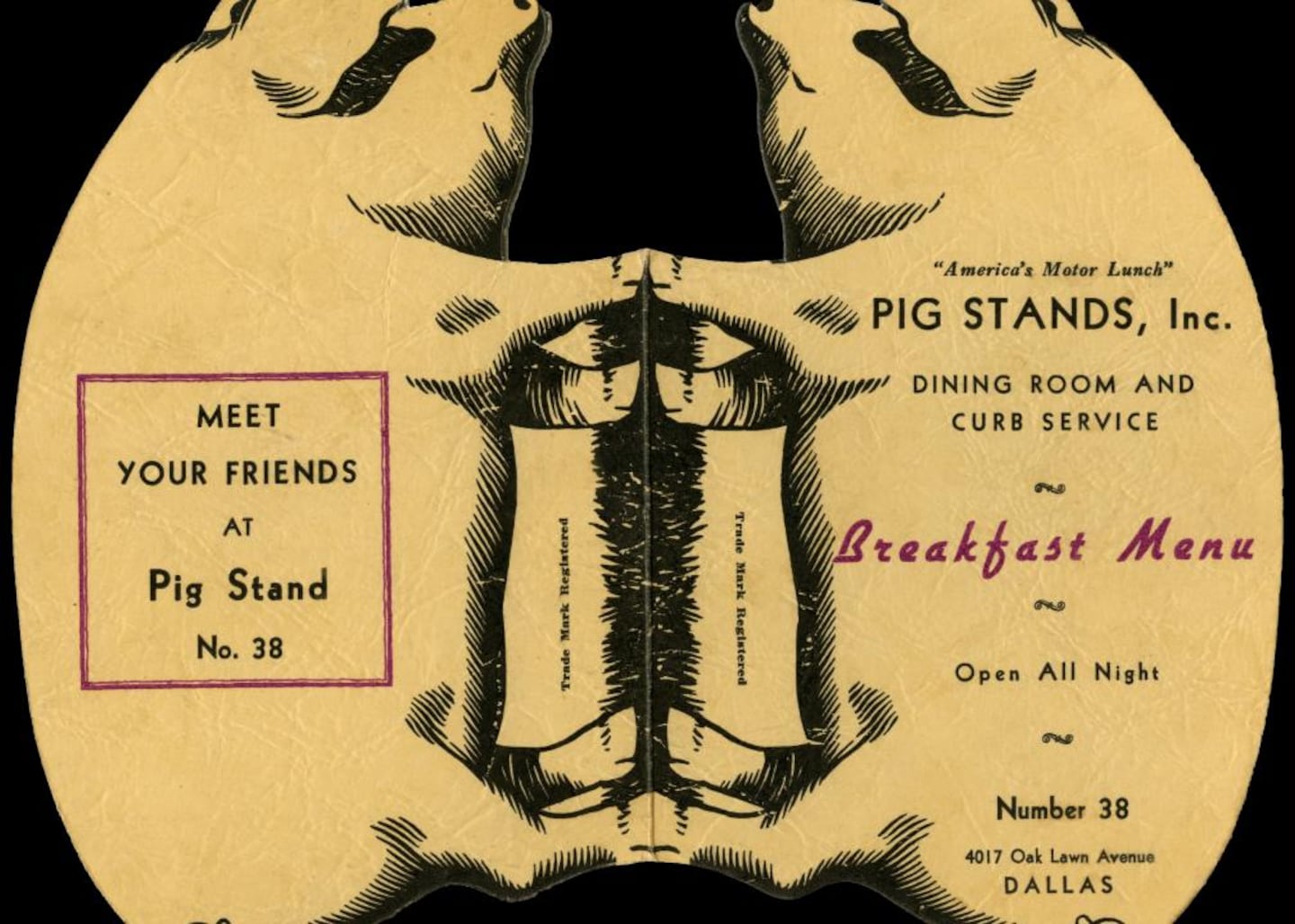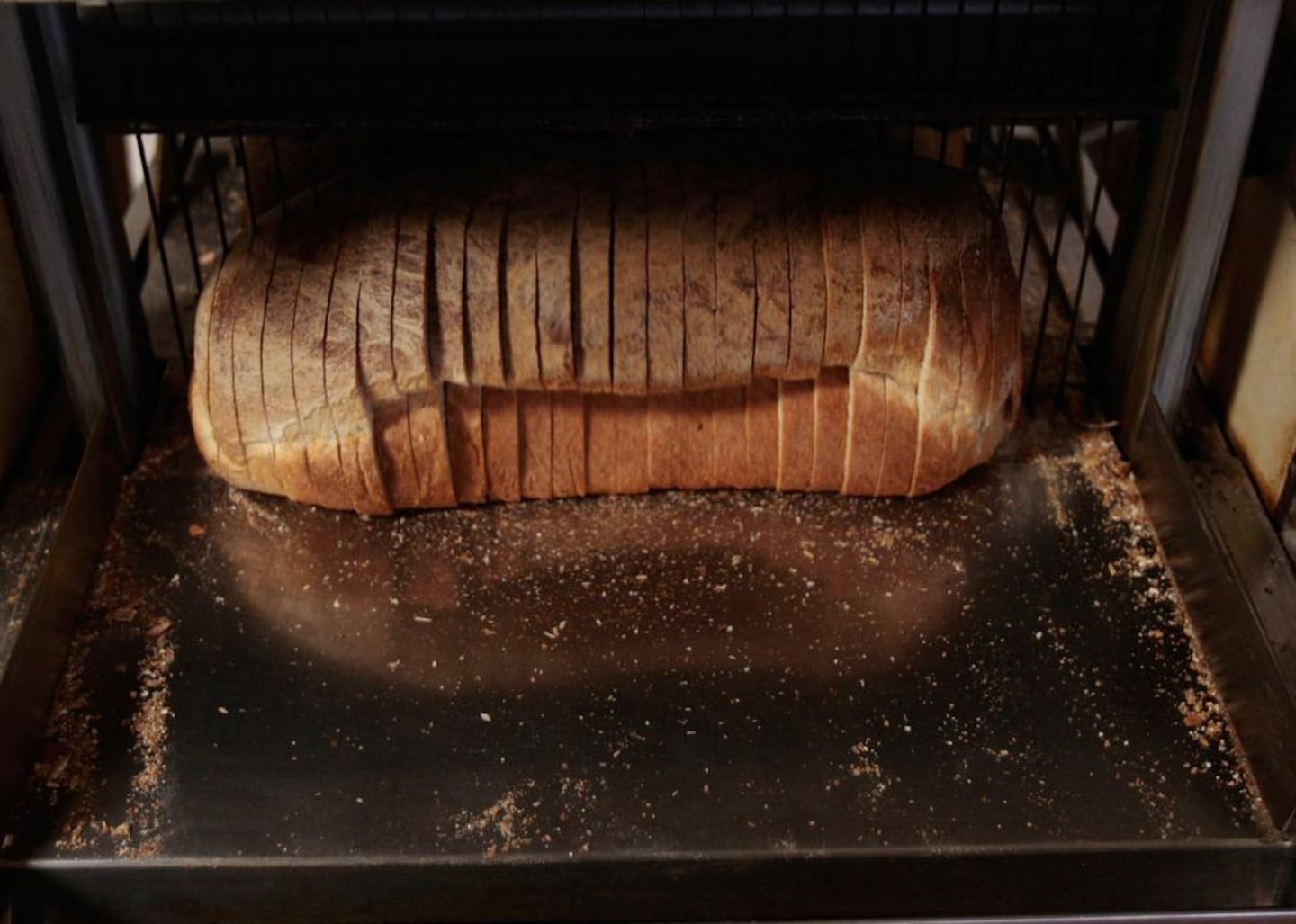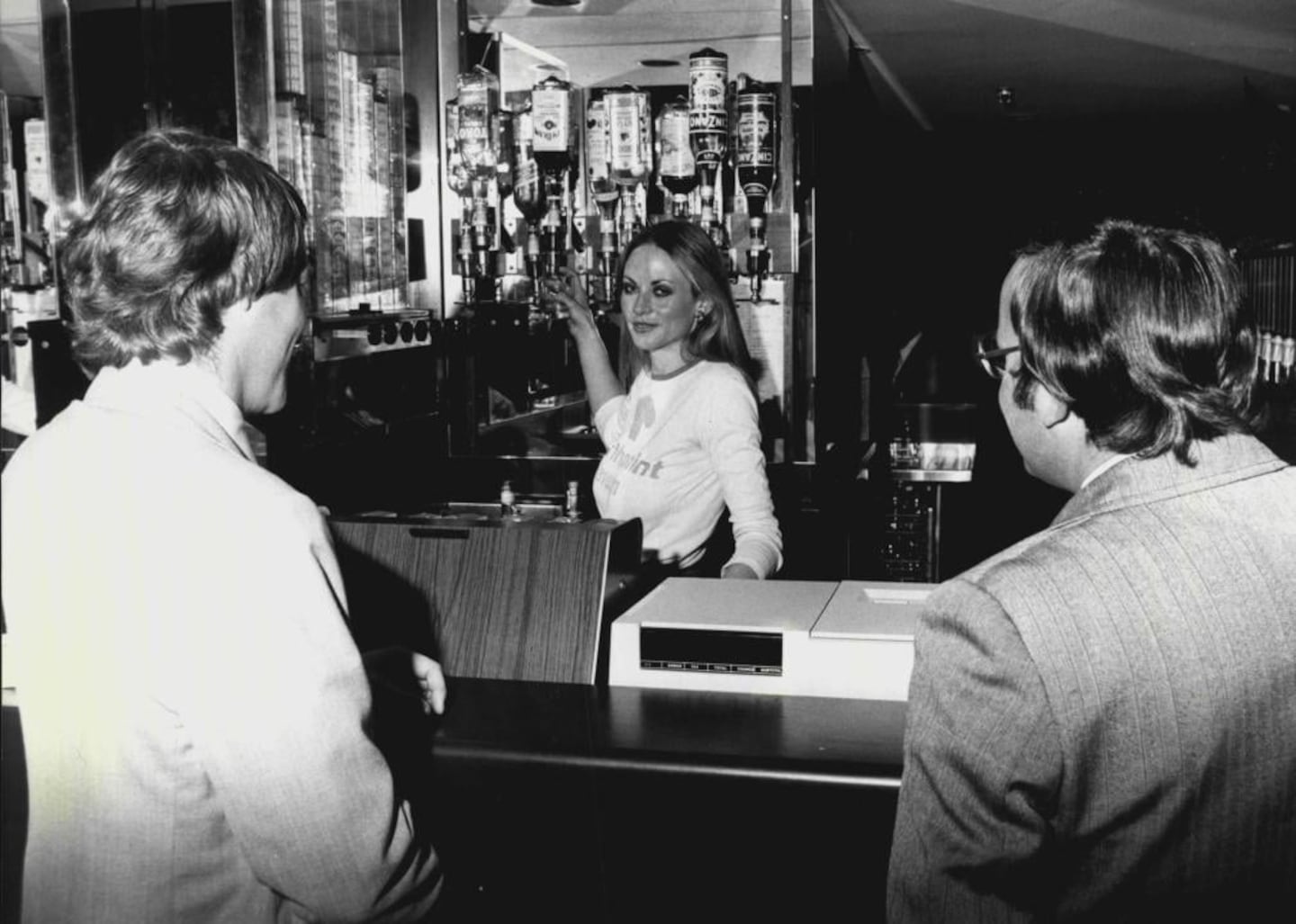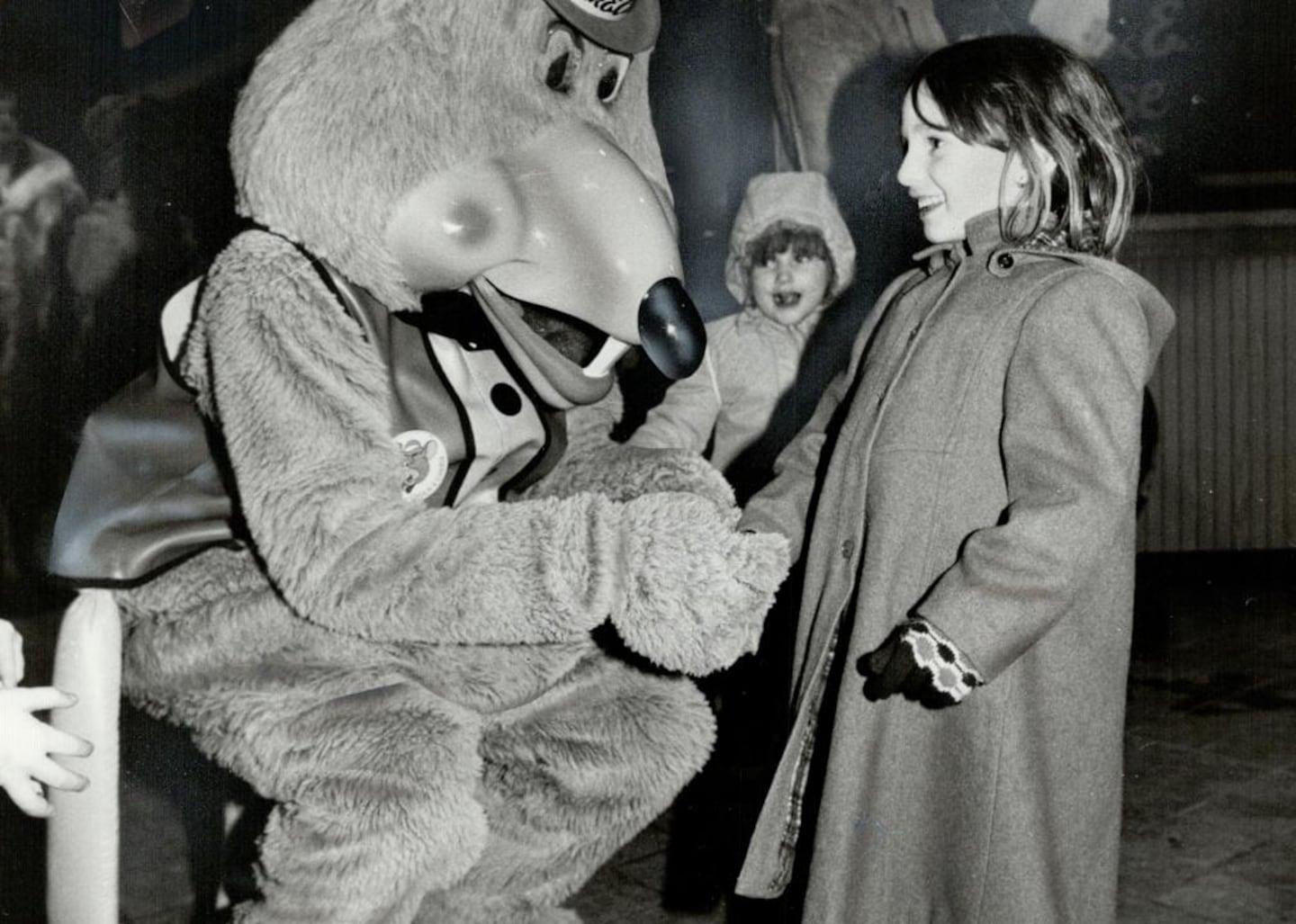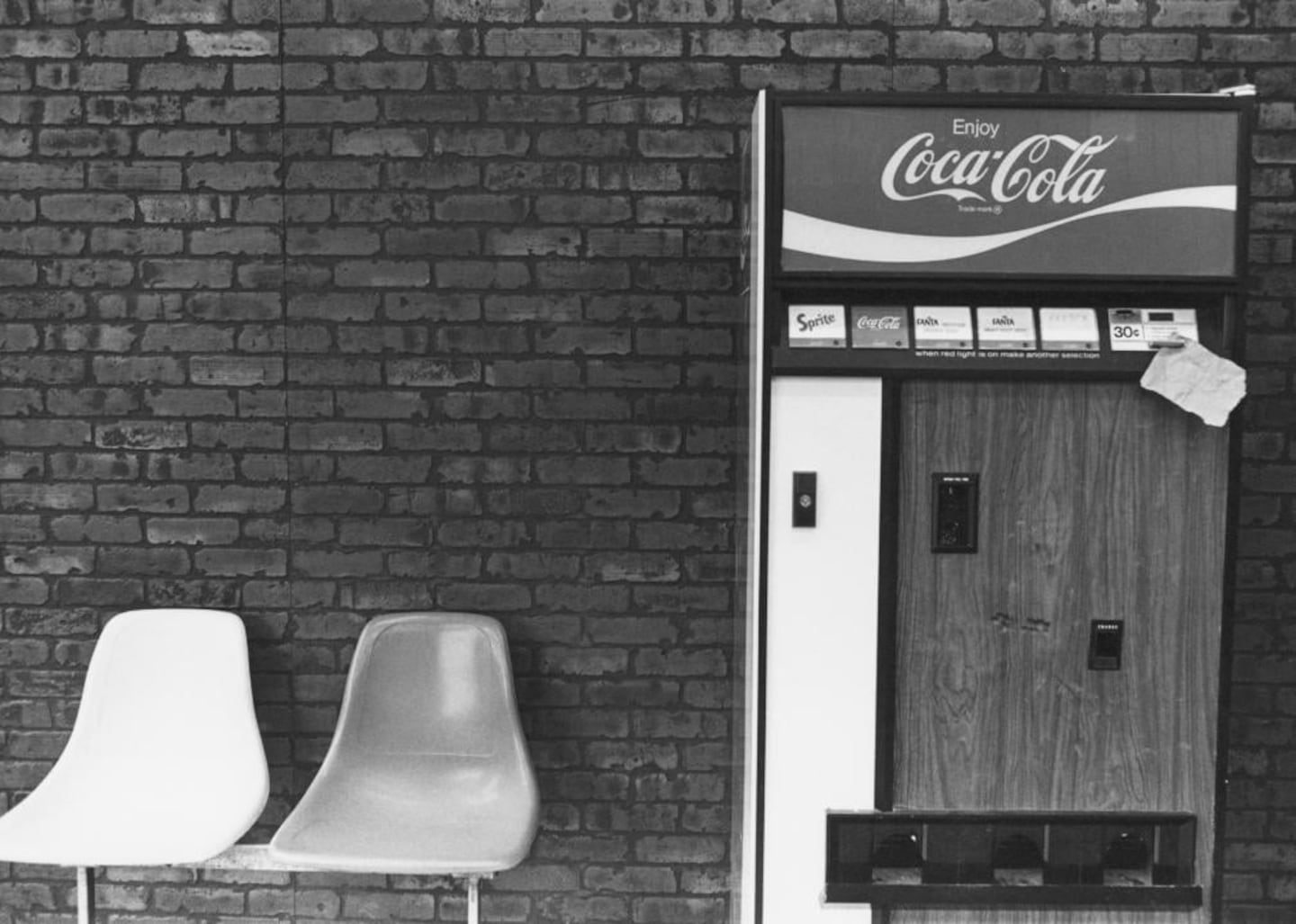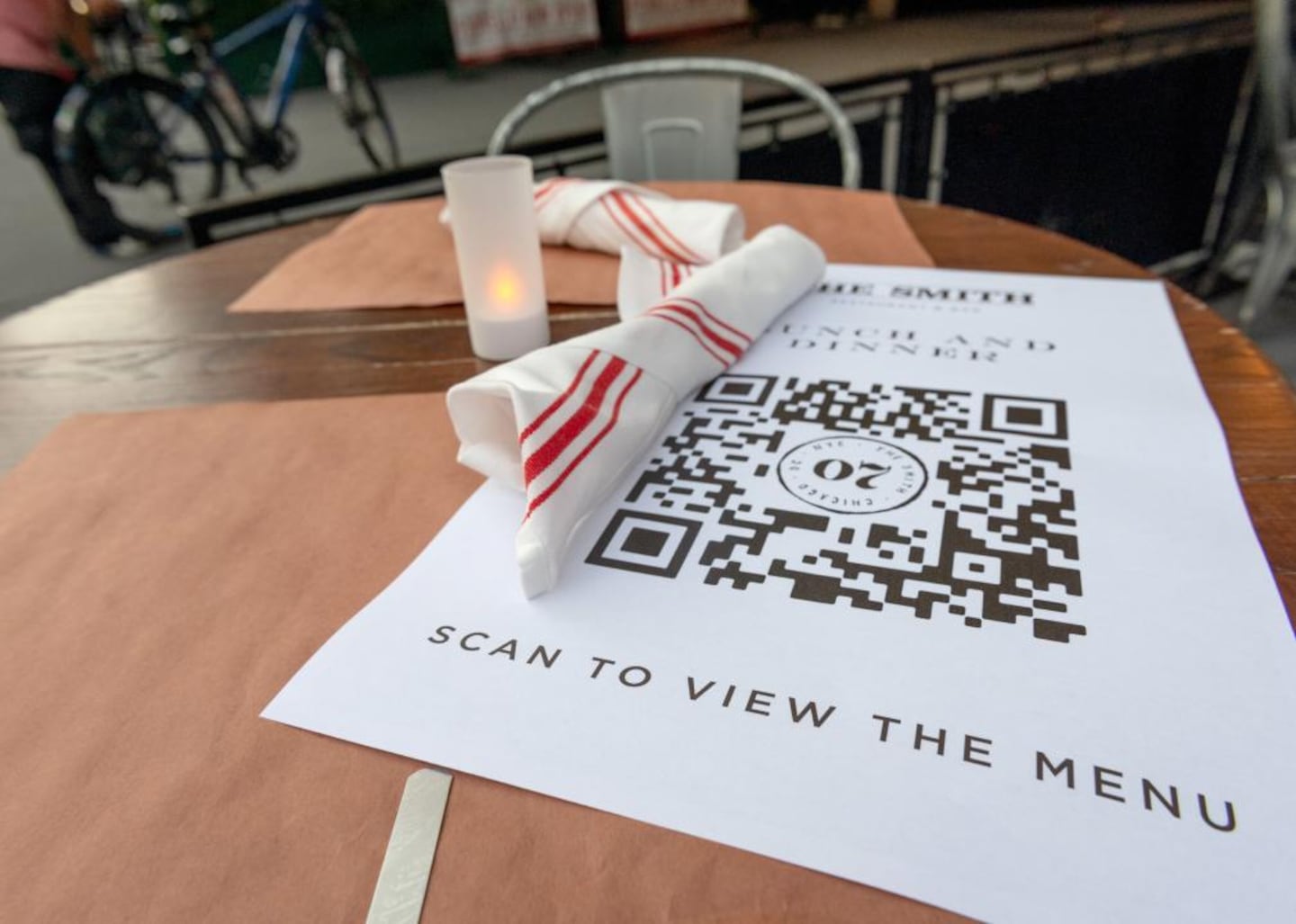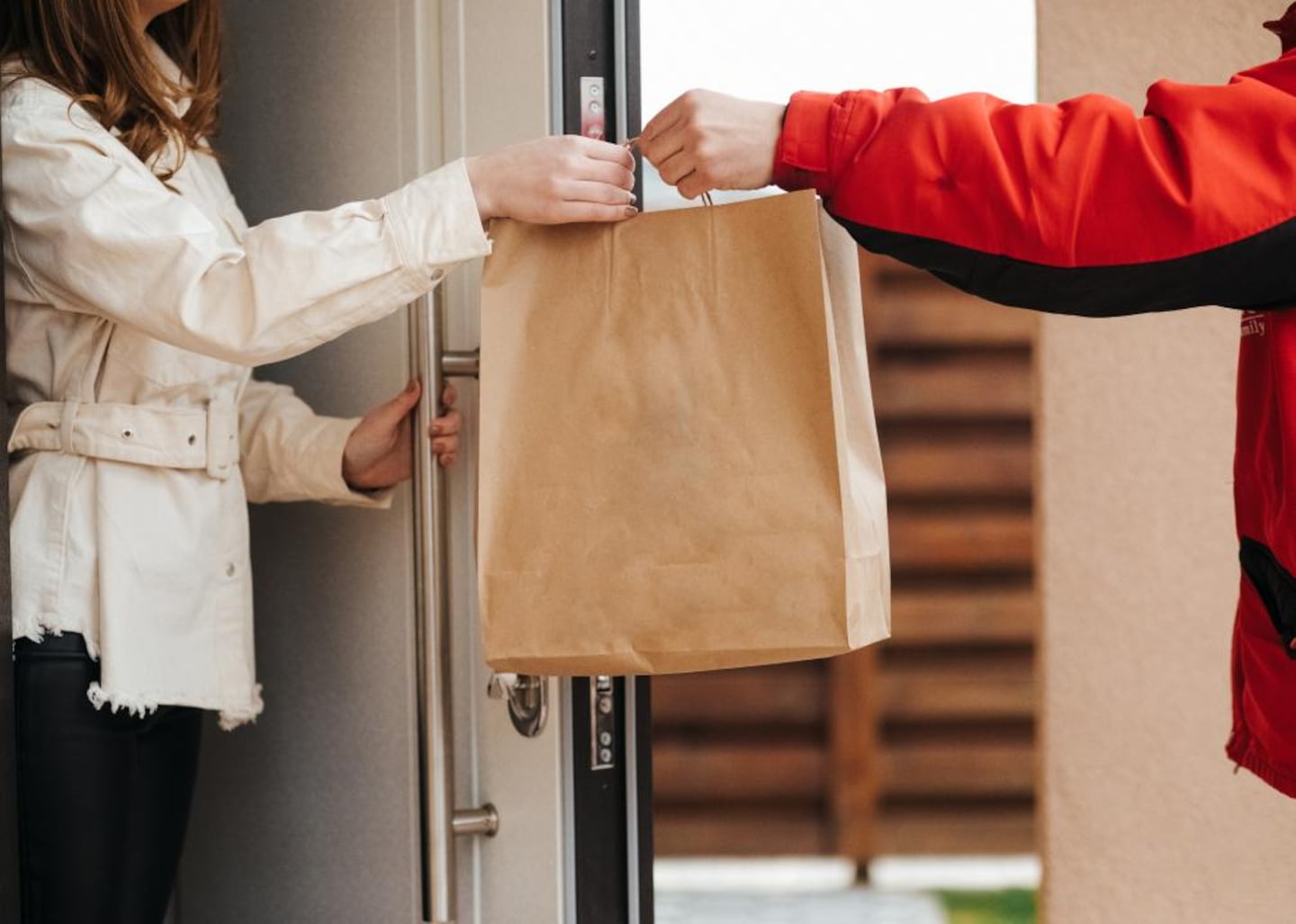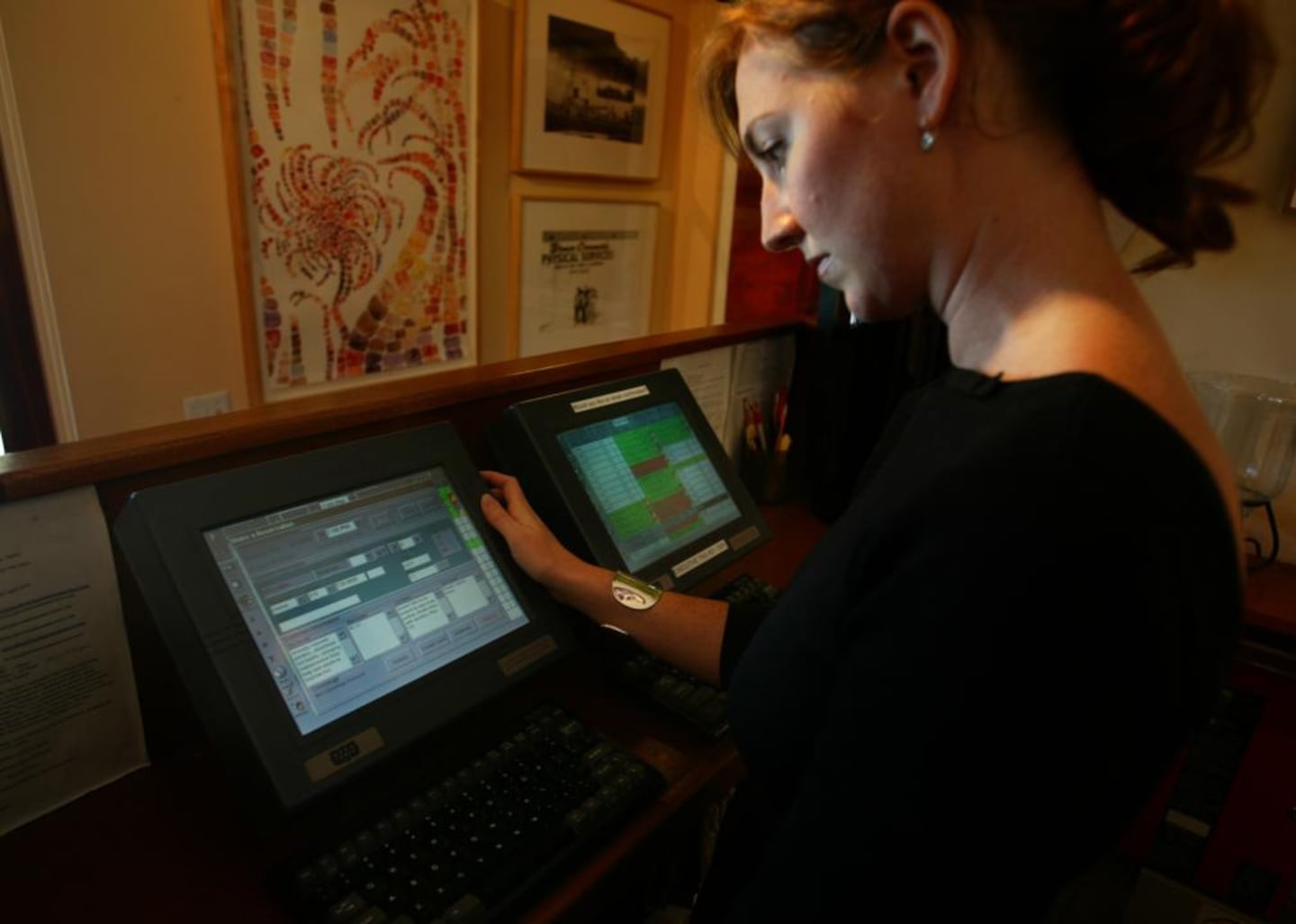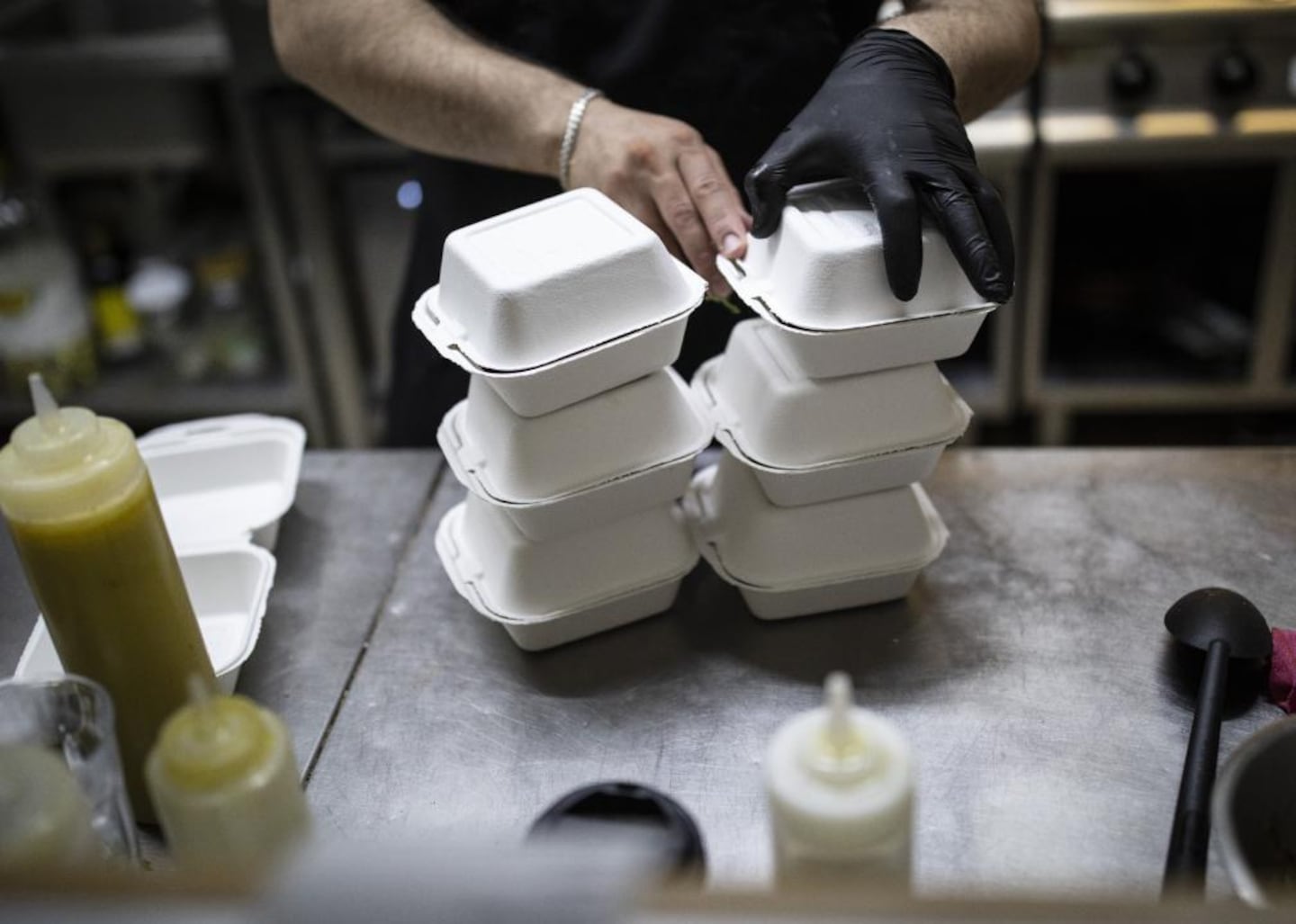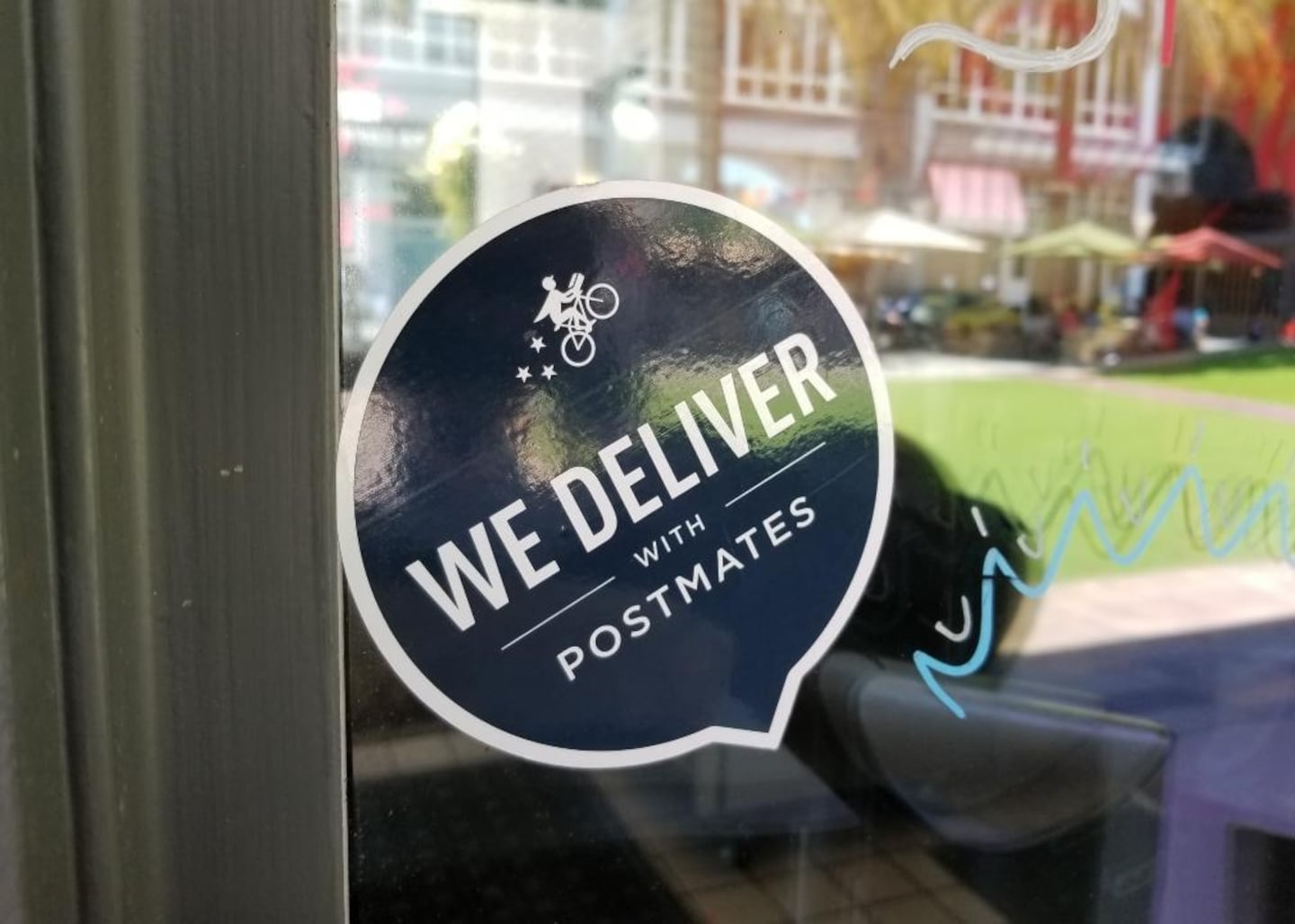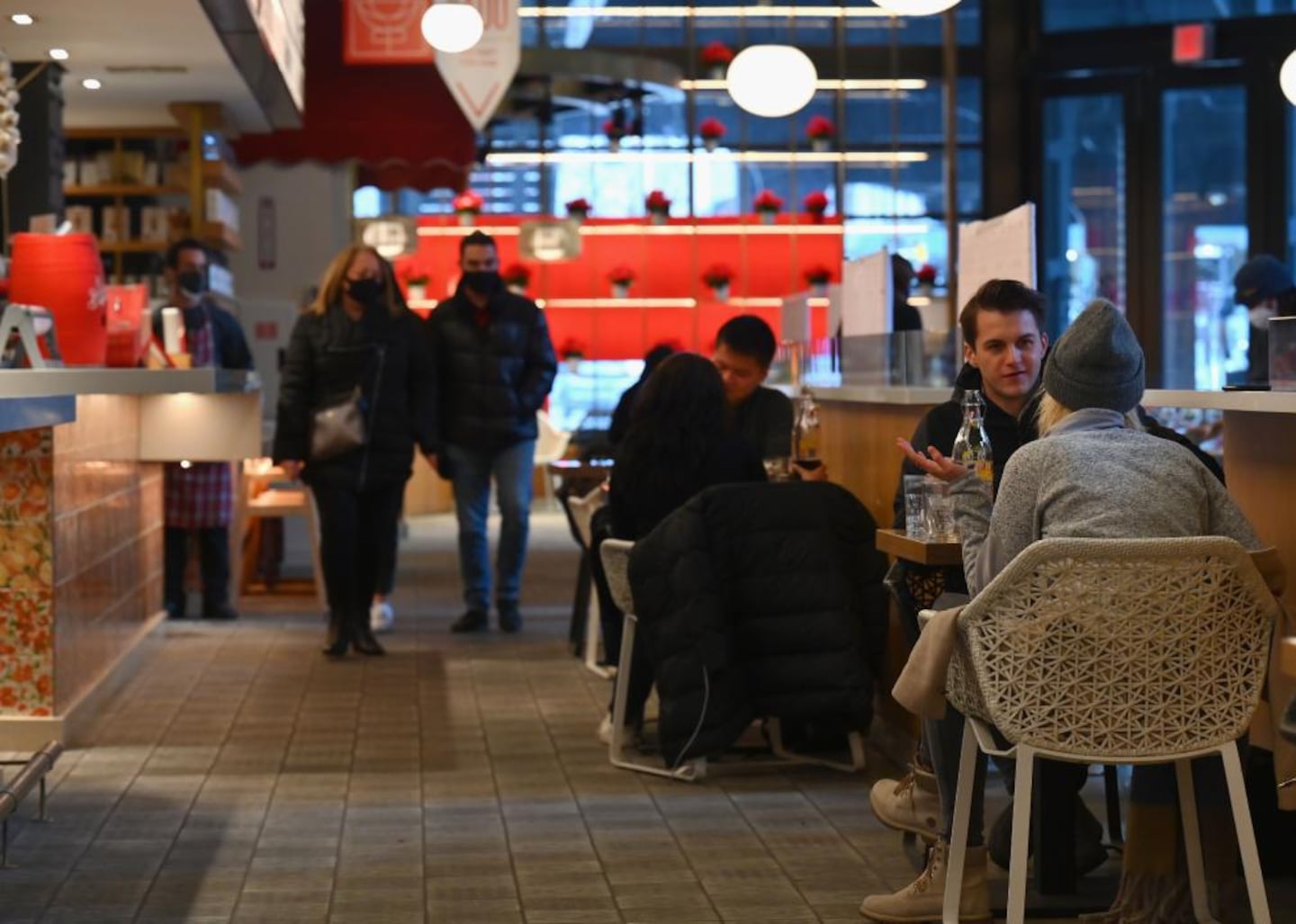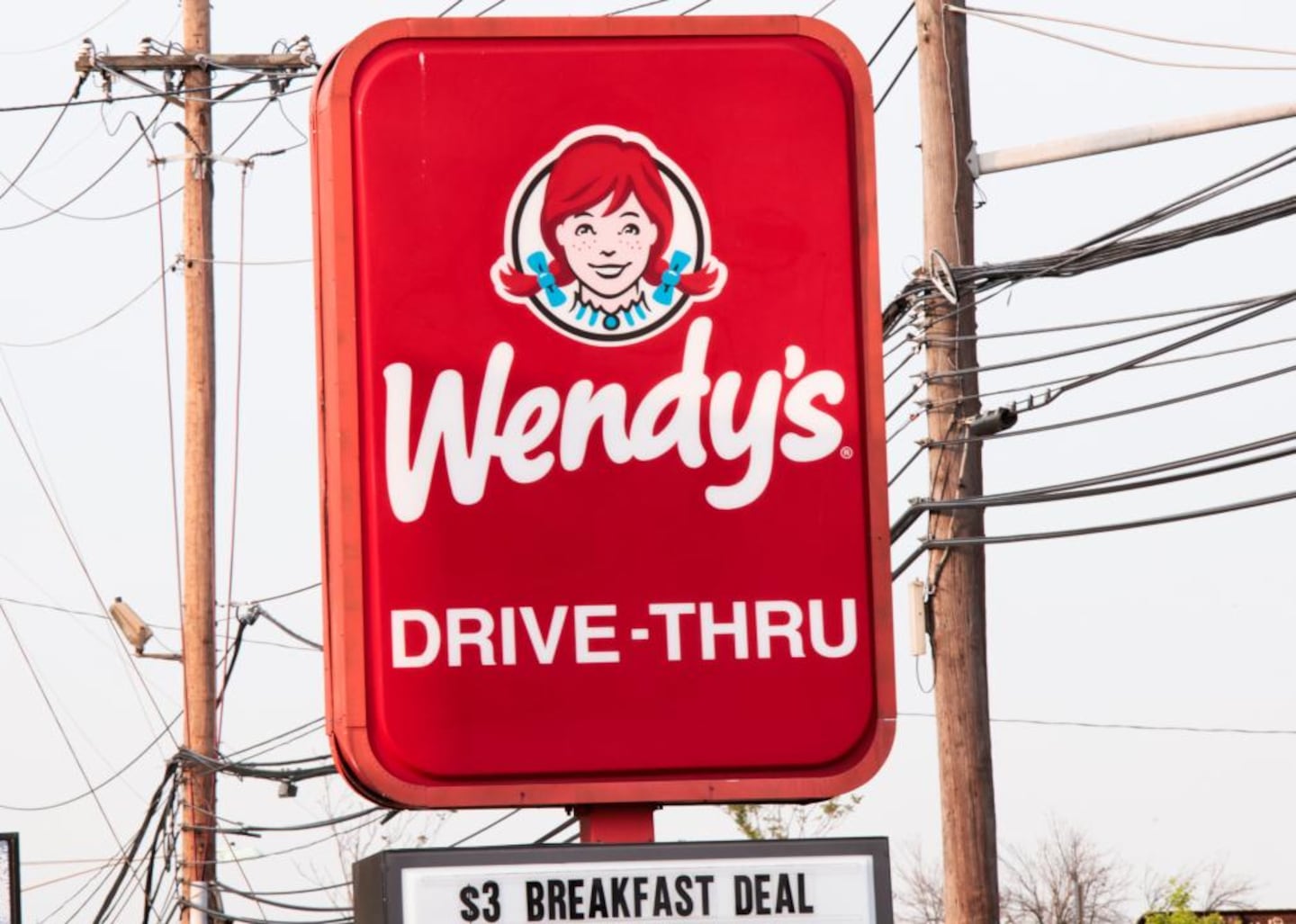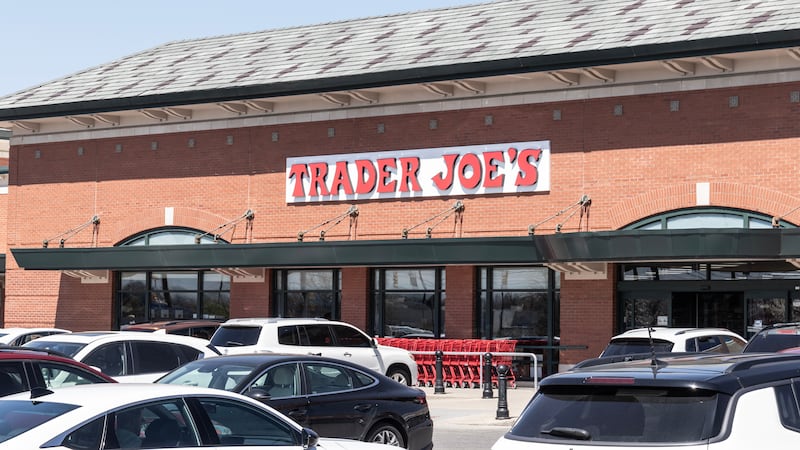The hyper-competitive restaurant industry is constantly reinventing itself and using technology to stay sharp. From modern architecture and signage to innovations in serving and embracing the latest digital innovations, dining establishments are always on the hunt to find new ways to draw customers in through gastronomical, technological, and even logistical innovations.
Uniqode compiled industry reports and news articles to explore the most significant technological leaps and developments in the restaurant industry over the past century.
Some ideas have been widely adopted, such as "in-car" dining. Others, like a soda machine hooked up to an early version of the internet, "fizzled out" while still laying the groundwork for future successful developments. Others are just getting started, like artificial intelligence-enabled ordering systems.
Some of the latest innovations were in response to or were accelerated by the needs of the COVID-19 pandemic, and have still stuck around. QR code menus and touch-screen ordering seem here to stay because the reduced overhead and increased order accuracy and efficiency are just too great. Still, polls show the power of human interaction, service, and atmosphere are important to guests. Mastering technology without fully automating the dining experience and maintaining the human touch is another kind of ongoing innovation the industry must address as it moves forward and embraces change. Bon appetit!
Jim Heimann Collection // Getty Images
The Pig Stand launches the world's first drive-in restaurant
Hitching a ride on the automobile's soaring popularity, the Pig Stand opened the first drive-in restaurant in Dallas, Texas, in 1921. Carhops took customers' orders from their parking spaces and returned with their food. Quickly expanding to multiple locations, the Pig Stand may be among the first restaurant chains. The establishment is also credited with other innovations, like selling the first fried onion rings and the first use of neon signs by a U.S. restaurant.
Chris Hondros // Getty Images
The invention of sliced bread 'thrills'
There's a reason why they say, "the greatest thing since sliced bread." It certainly saves a lot of hassle! However, when the sliced bread machine was first sold in 1928 by Iowa native Otto Rohwedder after several years of setbacks, bakers were initially skeptical. They worried the product would go stale. Rohwedder solved this by having the machine also wrap the bread.
HUM Images // Getty Images
The automat previews the future of dining
When they launched in 1902, automats were considered the wave of the future. This restaurant innovation introduced the original "cheap eats"—and the efficiency, speed, and instant gratification now synonymous with parts of the American dining experience. At automats, food was kept in a bank of wall-mounted vending machines with glass doors, arranged by category. Customers located their item of choice, inserted coins to unlock it, and retrieved their dish. Behind the wall, cooks and waiters kept the shelves stocked. Though automats' popularity in the U.S. peaked in the 1950s as they were displaced by fast food, they proved that diners were willing to serve themselves if given the right technology—early glimpses of trends seen decades later in electronic ordering, touching screens, and QR codes.
Peter John Moxham // Getty Images
Cash registers get computerized makeover
Clunky, slow mechanical cash registers got a digital update in 1973 as IBM, NCR, and other tech companies raced to release new electronic cash registers and computerized point-of-sale systems. Retail stores, supermarkets, and restaurants clamored to adopt the timesavers, which were in service through the early 1980s. Innovative during their time, these multifunctional systems are being made obsolete today by tablets and iPads, which can handle multiple commerce functions with a card reader and a wireless connection.
John Mahler // Getty Images
Chuck E. Cheese's Pizza Time Theatre takes the stage
In 1977, Atari co-founder Nolan Bushnell installed some of his company's arcade games in a pizza restaurant in San Jose, California. He added rides and performing animatronic puppets, officially giving birth to a cultural phenomenon. Chuck E. Cheese introduced families to the all-in-one family dining and amusement experience, where parents could simultaneously feed their children and entertain them. It was a gamechanger for busy and harried parents. The quick eats and fun games set a precedent for modern high-tech entertainment-restaurant concepts, which now often include many more activities and occupy larger acreage, such as Topgolf, Dave & Buster's, Laser Bounce, or Bowlmor Lanes.
Barbara Alper // Getty Images
The first "internet of things" appliance debuts
When Carnegie Mellon University computer science students hooked up the department's Coca-Cola vending machine to ARPANET, a 1980s precursor to the internet, they simply wanted a cold drink. The system allowed users to remotely check whether the Cokes inside were cold and how long they'd been there. Though the students didn't realize it at the time, their time-saving endeavor was the first instance of "internet of things" technology that would later allow companies to monitor inventory levels over the internet, revolutionizing supply chain management.
Alexi Rosenfeld // Getty Images
QR codes are invented, elevating the dining experience
In 1994, inspired by the black-and-white stones on a grid in the game Go, an employee at Japanese company Denso Wave invented QR barcodes as a means to label and organize automobile parts inventory. Scanning the small checkerboard delivered a computerized "quick response" with more information about the item. Nearly three decades later, after the onset of the pandemic, QR codes saw a resurgence in use by restaurants with codes that, when scanned, delivered a link directly to their online menus. This tool allowed for contactless menus and the option to easily update items and prices as necessary during supply chain shortages.
buryakphoto // Shutterstock
First online food delivery service launched
Two Stanford business school grads started World Wide Waiter, recognized as the first online restaurant delivery service. Originally started in Los Altos, California, in 1995, it expanded to major cities around the country as competition began to heat up by the turn of the century "There's going to be a day when this will be a big part of the restaurant takeout business," Michael S. Adelberg, the vice president of Waiter.com, told the New York Times in 2000. Some 25 years later, the restaurant delivery wars are still in full swing.
Anacleto Rapping // Getty Images
OpenTable founded
In the late 1990s, Chuck Templeton watched his wife try for 3.5 hours to make last-minute dinner reservations for her visiting family over the weekend. When he looked into the problem and realized the restaurants had no electronic reservation system that could link to the internet, he created EasyEats.com in 1998. Later renamed OpenTable, it was the first large-scale online restaurant reservation system that fully automated making and updating reservations for diners and restaurants.
Maja Hitij // Getty Images
To compete in a digital world, restaurants elevate their online presence
By 2008, about 3 in 4 full-service restaurants had launched their websites, according to trade publication Restaurant Business. The restaurant that won the Web Marketing Association's Best Restaurant Website award in 2008 was the now-shuttered Toronto's Four. Its website included interactive features, multiple menus, nutritional information about dishes served, and more. These pioneers laid the groundwork for restaurants to have their own website and/or social media page, turning every customer's smartphone into a potential point of sale.
Smith Collection // Getty Images
Postmates and DoorDash ready to deliver
In 2011, Postmates became the first company to offer online-powered in-person delivery of almost anything from almost anywhere, as long as both were within the company's coverage area.
One of its first uses was to let customers order delivery from any restaurant, even if it didn't have its own drivers. The app relayed the order to independent couriers to pick it up and bring it to the customer's door. Competitor DoorDash launched in 2013, followed by Uber's rollout of Uber Eats in 2014, which later acquired Postmates in 2020.
ANGELA WEISS // Getty Images
National Restaurant Association adopts cybersecurity framework
In response to growing awareness of global cyber threats, in 2017, the National Restaurant Association adopted the National Institute for Standards and Technology's Framework for Improving Critical Infrastructure Cybersecurity. The expert-developed policies and procedures help restaurants identify vulnerabilities in their systems and protect themselves from various types of cyberattacks. This framework served up a much-needed layer of digital defense for everything from mom-and-pop diners to major chains.
Kena Betancur // Getty Images
Wendy's and McDonald's dabble in AI-powered drive-thrus
In June 2023, Wendy's partnered with Google Cloud's generative AI technology to test an AI-powered drive-thru. Customers' orders were taken by a voice-recognition system capable of holding conversations, handling made-to-order requests, and responding to frequently asked questions.
However, AI experiments in food service might need to work on their training models a little more. One customer reported that an experimental McDonald's AI-powered ordering system thought she ordered 28 boxes of chicken nuggets, while another got an ice cream cone topped with bacon. Not exactly a five-star experience and the chain paused the test. Human restaurant workers certainly aren't error-free either but it shows that, at least for now, there's still room for human touch in the restaurant experience.
Additional editing by Alizah Salario and Elisa Huang. Copy editing by Kristen Wegrzyn. Photo selection by Clarese Moller.
This story originally appeared on Uniqode and was produced and distributed in partnership with Stacker Studio.

